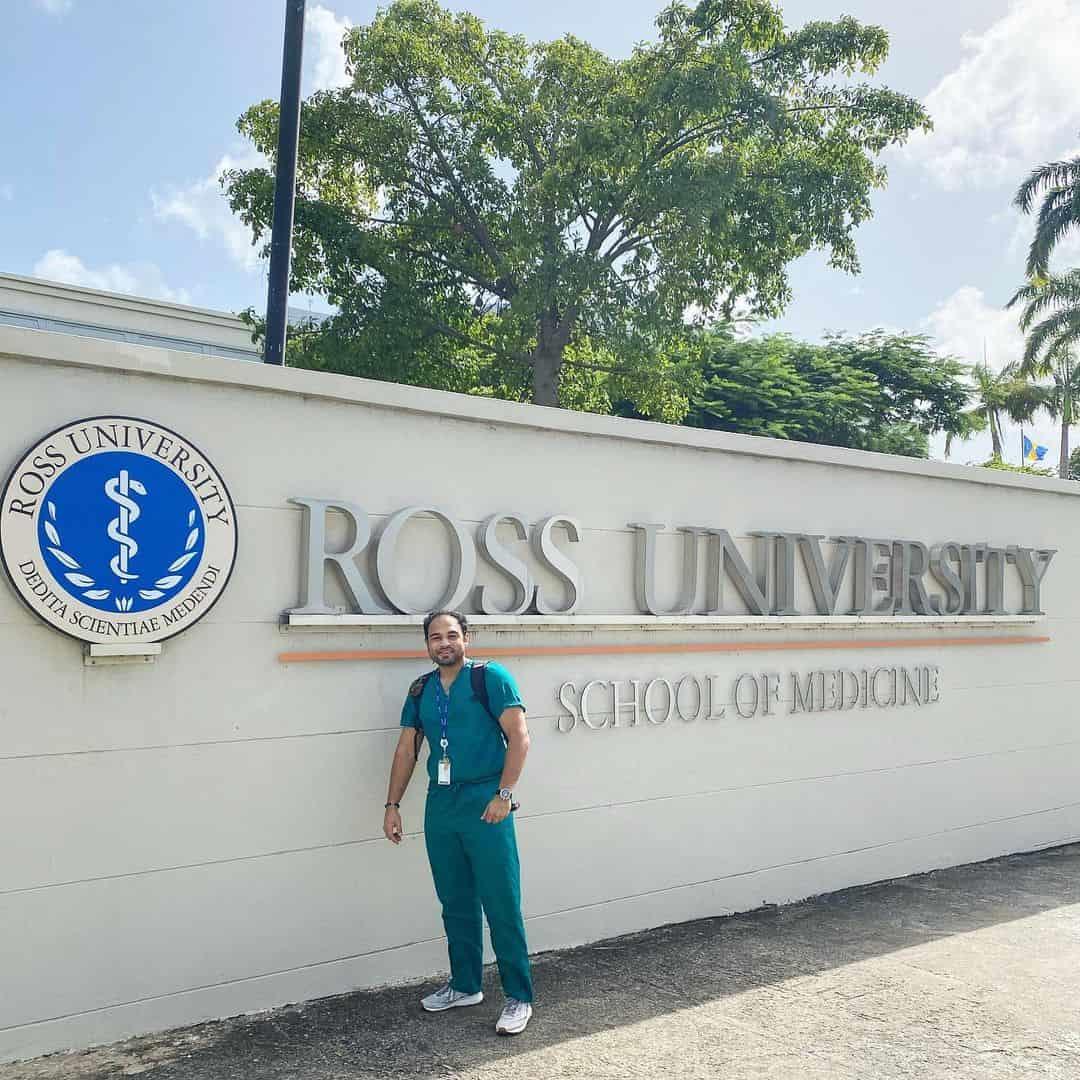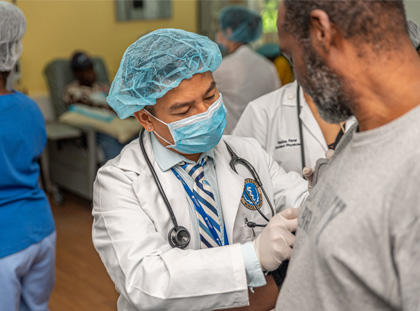If you want to become a doctor, you probably already know the traditional path to medical school and practicing medicine. At its most basic, this path includes getting an undergraduate degree, usually in the medical sciences; getting into and then graduating from an accredited medical school such as Ross University School of Medicine (RUSM)*; and then completing a medical residency. You may not know, however, that this familiar path can be done in a variety of ways. Many times, and for many different reasons, going straight from undergrad to medical school is not the best or most viable option. Instead, students may follow such alternative paths to medical school as postbaccalaureate programs or combined Bachelor of Science/ Doctor of Medicine (BS/MD) programs. Also, many students choose to go to medical schools beyond the United States, where their chances of entry may be slightly better. Students should keep in mind that the process of becoming a doctor is not a completely uniform one.
Getting accepted to a United States medical school is an incredibly competitive process, and many qualified students are wait-listed or denied admission. For some students, medical school rejection is the end of their dream of becoming a physician. For others, however, the rejection only serves as further motivation. Steadfast students may learn why they were not accepted, take all criticism and feedback to heart, work hard to improve their qualifications or academic shortcomings, and apply again. All students should remember that many rejections occur simply because there isn’t room. U.S. medical schools have only so many spots, and the numbers dictate that many qualified candidates must be excluded.
Alternate routes to becoming a doctor
Postbaccalaureate and READINESS Programs
If you are unable or not yet ready to go directly to medical school, then a postbaccalaureate (postbac) program may be a good option. These programs are specifically designed to strengthen a student’s academic qualifications ahead of medical school. The Association of American Medical Colleges (AAMC) provides a list of postbac programs, which require from one to three years to complete. Some programs grant certificates of completion, while others culminate with a master’s degree in medical sciences. Depending on a student’s performance, some programs even result in conditional acceptance to a medical school.
Many medical schools also provide shorter preparatory programs for students who were wait-listed or granted conditional acceptance. At RUSM, applicants granted conditional acceptance may enroll in the Medical Education Readiness Program (MERP), a 15-week preparatory program focused on improving a student’s chances for success in medical school. MERP helps students build strong foundations in the medical sciences, develop study and learning techniques, and create strong social networks among fellow students.
Bachelor of Science/ Doctor of Medicine Programs
Exceptional high school students may apply to combined BS/MD programs. These exclusive programs provide a continuous medical education from the beginning of undergraduate work to the end of medical school. The AAMC lists BS/MD programs in the United States, some of which can even cut a year or two off the traditional eight-year path to a medical degree.
Shift Your Aim Abroad
For many qualified students—some who were excluded and want a second chance—the path to medical school may go through another country. Many graduates of international schools practice medicine in the United States. According to the American Medical Association (AMA), one out of every four U.S. doctors is a foreign medical graduate. And many of those foreign medical graduates originally came from the United States.
As you can see, alternative paths to medical school provide opportunities for students who cannot or choose not to follow more traditional routes. Postbac programs that lead to certificates or master’s degrees, readiness programs, and BS/MD programs are all excellent ways to pursue your dream of becoming a doctor. To learn more about medical school admissions, check out the AAMC’s free comprehensive guide. The AAMC should know: they administer the Medical College Admission Test (ΜСΑТ®) exam as well as American Medical College Application Service (AMCAS®) applications.
As you consider all paths to medical school and the different ways to become a doctor, take a look at the RUSM Admission Requirements and see what it takes to get accepted. When you’re ready—whenever or however that may be—take the next step on your path to becoming a physician: apply for admission to Ross University School of Medicine.
Related Resources:
*Ross University School of Medicine is accredited by the Caribbean Accreditation Authority for Education in Medicine and other Health Professions (CAAM-HP, www.caam-hp.org).
CAAM-HP is the legally constituted body established in 2003 under the aegis of the Caribbean Community (CARICOM), empowered to determine and prescribe standards and to accredit programs of medical, dental, veterinary and other health professions education on behalf of the contracting parties in CARICOM.
Accreditation by CAAM-HP is a rigorous, peer review process which examines all aspects of a medical program. The CAAM-HP board, an independent and autonomous body of professionals, only certifies medical schools which are operating at the highest levels of industry standards.
Through this accreditation, the CAAM-HP provides assurance to medical students, graduates, the medical profession, healthcare institutions and the public that programs leading to qualifications in medicine meet appropriate national and international standards for educational quality, and that the graduates have a sufficiently complete and valid educational experience.




